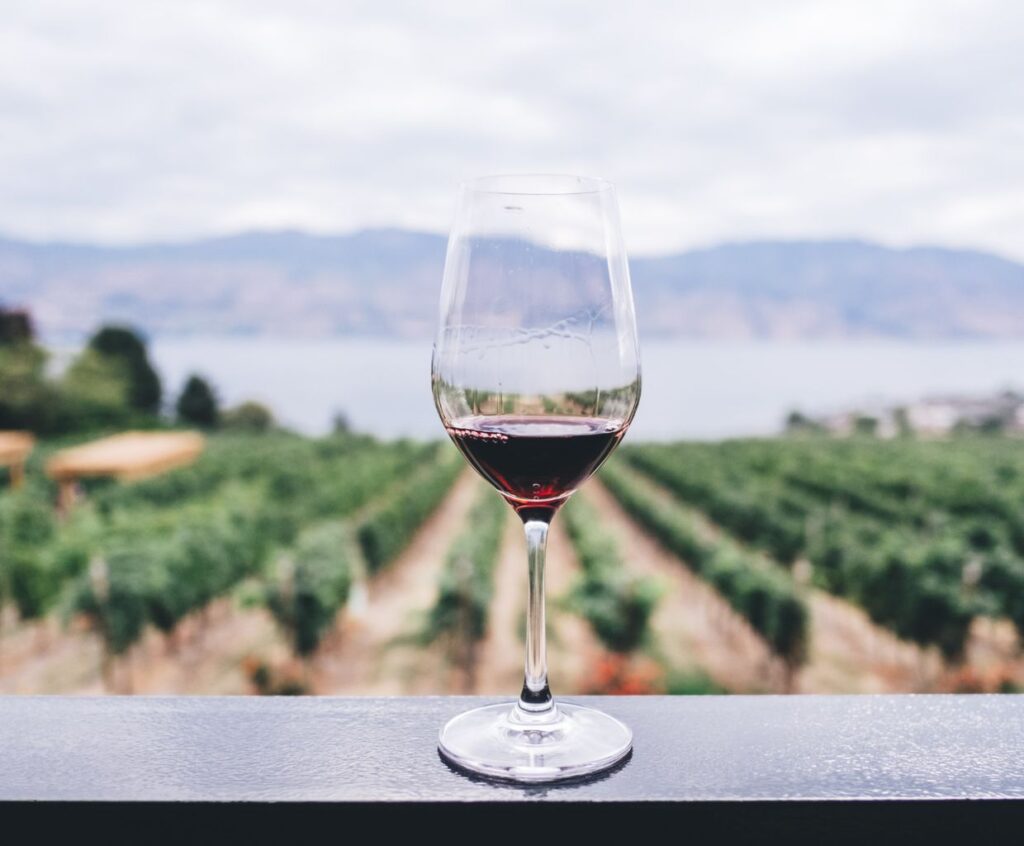Learn With Us How Wine Barrels are Made
Today, we will dive into the fascinating world of wine barrel production. If you’ve ever wondered about the craftsmanship of creating these iconic vessels, you’re in for a treat!
The Art of Cooperage
Cooperage is the ancient art of crafting wooden barrels, and it plays a crucial role in the winemaking process. The barrels store the wine during fermentation and impart unique flavors and characteristics to the wine.
Selection of Wood
The first step in barrel production is selecting the suitable wood. Typically, oak is the preferred choice due to its desirable properties. Oakwood helps enhance the wine’s flavor, aroma, and structure. The wood is carefully sourced and aged to ensure optimal quality.
Stave Production
Once the wood is selected, it undergoes a process called stave production. Skilled artisans carefully cut the oak logs into long, narrow strips known as staves. These staves are then seasoned and shaped to specific dimensions.
Assembly and Toasting
The next step involves assembling the staves into the familiar barrel shape using metal hoops. The hoops are tightened to create a watertight seal. Before final assembly, the inside of the barrel is toasted over an open flame. Toasting caramelizes the natural sugars in the wood, adding depth and complexity to the wine.
Finishing Touches
Once the barrel is assembled and toasted, it undergoes a series of finishing touches. This includes sanding, sealing, and branding the barrel with the Cooper’s mark as a seal of quality. The final product is a beautiful, handcrafted wine barrel ready to be used in wineries worldwide.
What techniques are employed to shape and assemble the staves of wine barrels?
Several techniques are employed to shape and assemble the staves of wine barrels. Some of these techniques include:
1. Splitting: The process begins with splitting the oak logs into long sections called staves. Splitting ensures that the wood retains its natural grain and characteristics.
2. Seasoning: The staves are then carefully dried or seasoned to reduce their moisture content. This step is essential to prevent the barrel from leaking or warping.
3. Shaping: The seasoned staves are heated and bent into the desired shape using fire or steam. This process is known as “toasting” or “bending.” It requires skill and experience to achieve the perfect curvature.
4. Joining: The staves are assembled and held together using metal hoops or bands. These hoops are tightened to create a tight seal between the staves.
5. Charring: The interior of the barrel is often charred or toasted to enhance the flavor of the wine. This process involves briefly burning the inside surface of the barrel to release certain aromatic compounds.
6. Finishing: After the barrel is assembled and charred, it undergoes finishing touches, such as sanding and shaping, to ensure a smooth and aesthetically pleasing appearance.
Overall, shaping and assembling the staves of wine barrels require a combination of traditional craftsmanship and modern techniques to create high-quality containers for aging and storing wine.
How do winemakers determine the optimal size and toast level for their barrels?
There are several factors that winemakers consider when determining the optimal size and toast level for their barrels:
1. Wine Varietal: Different grape varietals have unique characteristics and flavor profiles. Winemakers consider this when choosing the barrel size and toast level to enhance or complement the wine’s flavors.
2. Aging Potential: The desired aging potential of the wine plays a crucial role in barrel selection. Larger barrels with lighter toasts are often preferred for long-term aging as they allow slow oxygen exchange and subtle oak influence over time.
3. Flavor Extraction: Barrel size and toast level impact the amount of oak flavors transferred to the wine. Smaller barrels impart more oak flavors quickly, while larger barrels provide a more subtle oak influence. Toast levels can range from light to heavy, offering different flavor profiles.
4. Wine Style: Winemakers consider the desired style of the wine they want to produce. For example, they might choose smaller barrels with lighter toasts if they aim for a more fruit-forward and expressive wine. Conversely, larger barrels with heavier toasts might be preferred if they want a more structured and complex wine.
5. Vineyard and Vintage Characteristics: Winemakers also consider the specific characteristics of the vineyard and vintage. Factors such as grape maturity, acidity, and tannin levels can influence the barrel selection, as specific sizes and toast levels may better balance or enhance these qualities.
6. Personal Preference and Experience: Winemakers often rely on their preference and experience when selecting barrels. Over time, they develop a sense of which barrel sizes and toast levels work best for specific wines and vineyards based on their experimentation and tasting evaluations.
Ultimately, the optimal size and toast level for barrels are determined through scientific knowledge, sensory evaluation, and winemakers’ artistic choices to create the desired wine style and flavor profile.
How does the selection and treatment of wood affect the flavor profile of the wine?
Wood selection and treatment can significantly impact the flavor profile of wine, particularly for wines that are aged or fermented in oak barrels. Here are some ways in which wood can influence the flavor:
1. Oak species: Different oak species, such as French, American, or Hungarian, have distinct flavor characteristics. French oak imparts more subtle and nuanced flavors, while American oak can contribute more robust notes of vanilla, coconut, or dill.
2. Oak aging: The wine’s time in oak barrels can affect flavor. Longer aging can result in more pronounced oak flavors and aromas. Additionally, as the wine interacts with the wood, it may extract compounds like tannins, which can add structure and complexity to the wine.
3. Toasting level: The toasting of oak barrels can vary, ranging from light to heavy. Light toast may impart more delicate flavors, while heavy toast can add richer, smoky, or charred notes to the wine.
4. Barrel size: The size of the oak barrel can impact the flavor profile. Smaller barrels offer a higher surface area-to-wine ratio, allowing for more contact with the wood and faster extraction of flavors. This can produce more intense oak characteristics than wines aged in larger barrels.
5. Previous use: If a barrel has been previously used to age other wines or spirits, it can influence the flavor of subsequent wines. The residual flavors from the previous contents may mingle with the new wine, adding additional complexity.
Overall, the selection and treatment of wood can introduce various flavors and aromas to the wine, ranging from subtle to pronounced, and contribute to the overall flavor profile of the final product.





